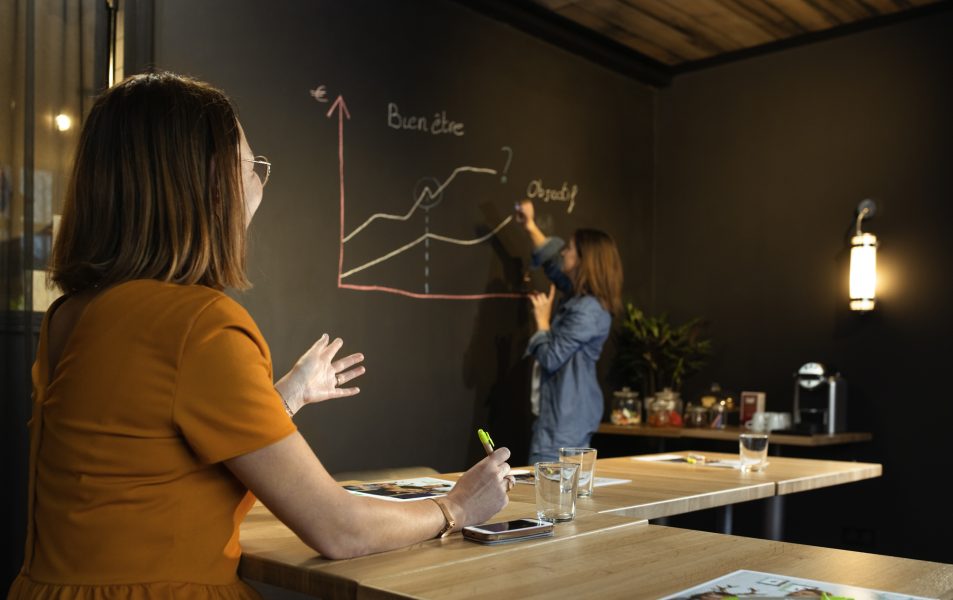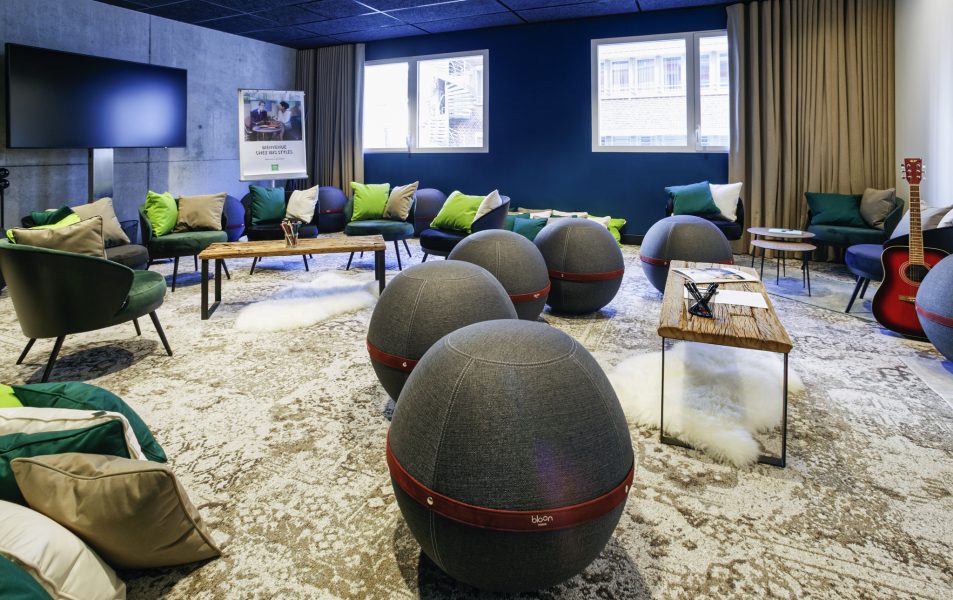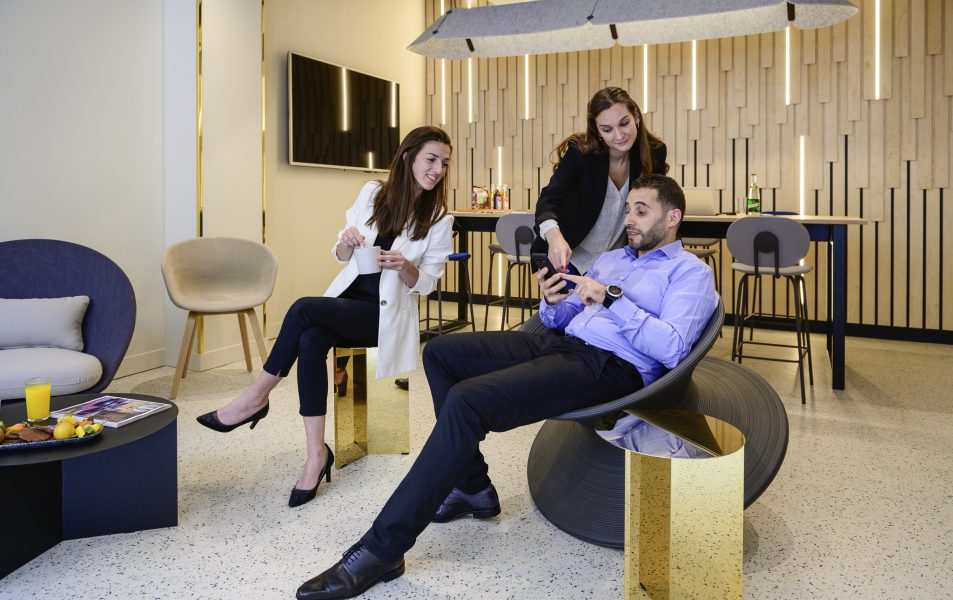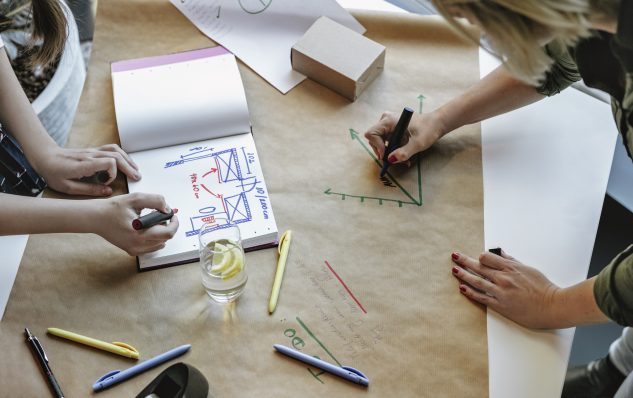
How to organize an effective workshop ?

1) The objective
Room for originality and relaxation, but with a clear framework: each workshop has its own challenge. What’s the priority right now: defining an action plan, announcing a change, resolving a conflict?
The objective is included in the invitation so that participants understand the process. Already actors in the event, they can thus contribute to adjusting the workshop objective, or even include new activities. Interactivity, the basic principle of the workshop, therefore begins at the very start of the project.
How to effectively organize a workshop?
Between practical work and fun activities, you create a dynamic and interactive event with your team.
Accor Group experts share their keys to organizing a workshop and fostering engagement, encouraging discussion or renewing practices.
Room for originality and relaxation, but with a clear framework: each workshop has its own challenge. What’s the priority right now: defining an action plan, announcing a change, resolving a conflict?
The objective is included in the invitation so that participants understand the process. Already actors in the event, they can thus contribute to adjusting the workshop objective, or even include new activities. Interactivity, the basic principle of the workshop, therefore begins at the very start of the project.

Choose employees based on their involvement or skills in relation to the defined objective. Hierarchical relationships don’t count; the goal of the workshop is precisely to make them forget them.
Not all participants know each other, which is another benefit of the workshop: strengthening bonds and renewing working relationships. All profiles are welcome: the more varied they are, the more fruitful the workshop will be.
For efficiency’s sake, count between 5 and 10 people per group, even if it means dividing into sub-groups of 2 or 3 according to the activities.
The location is important for ambiance and practicality. A cozy lounge, a green room, a terrace by the garden? The main thing is to get out of the usual setting and have a space suitable for activities.
If the workshop lasts several hours, schedule breaks and social times. Make time a stimulating element, paying attention, for example, to the duration of each activity. The hourglass is an interesting object for this: often used in board games, it is not associated with competition as a stopwatch might be.


Drawings, post-its, playing cards, unusual objects… They will be used for a brainstorming session, a role-playing exercise or a sharing of experiences. Prepare your introduction as it will set the tone and build trust.
It’s also time for presentations, with a quick round table. Every point of view, every proposal is welcome. Your humor will stimulate the group and help the shyest participants. Always be present to revive or refocus the discussions.
This is the time to list the proposed actions, the resolved blockages and also the points that remain unresolved. In your role as organizer, you have taken notes as you go along: their restitution fuels dialogue, and participants are invited to react to them.
A round table is the simplest way to involve everyone in the debriefing. It will be advantageously supplemented by an anonymous satisfaction questionnaire: it will help you improve the organization and animation of future workshops. Finally, for the sake of effectiveness, define with the group the outlines of a new workshop. Either to address a new objective with them or to involve other employees.

